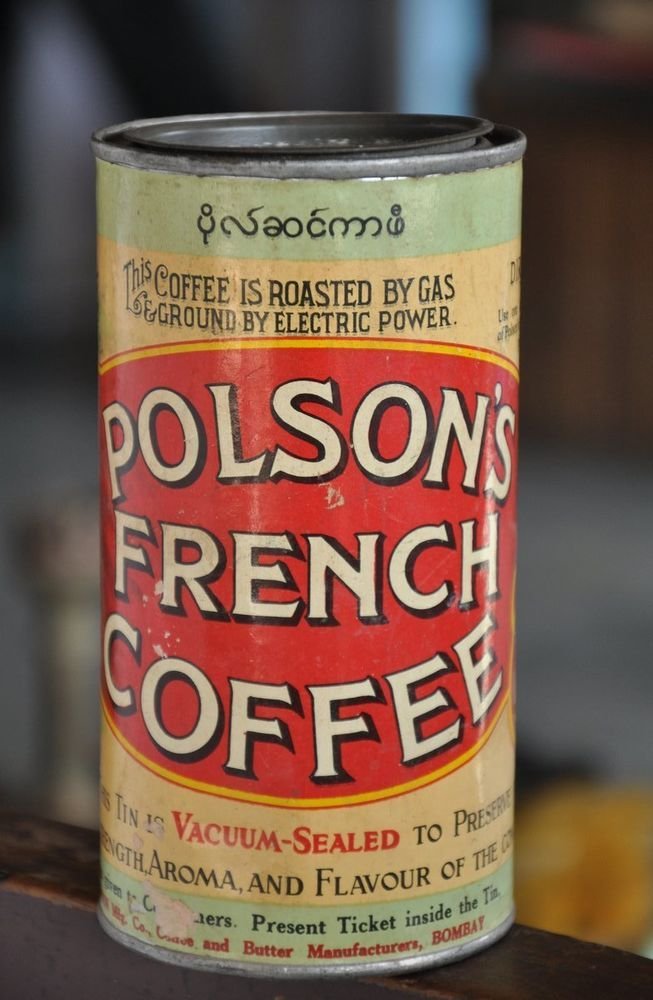
Advertisement



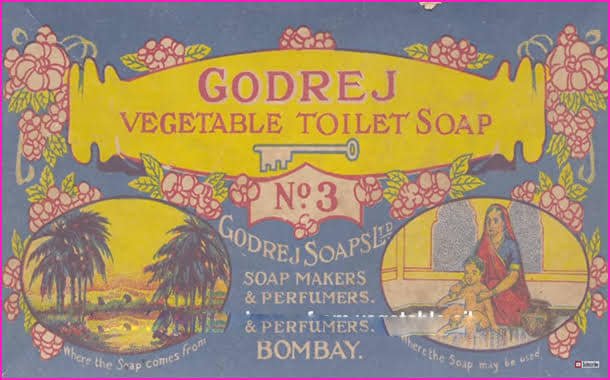
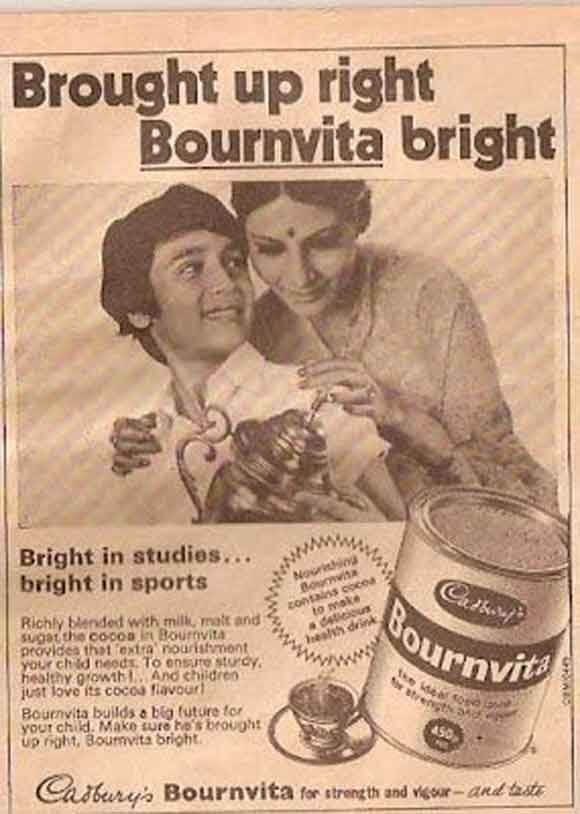
Cadbury’s Bournvita Advertisement
Cadbury Bournvita malted drink debuted in 1948 in India, the same

Britannia Glucose D Biscuits Gabbar Singh
Britannia Glucose D biscuits chose Gabbar Singh to push their product. Here’s
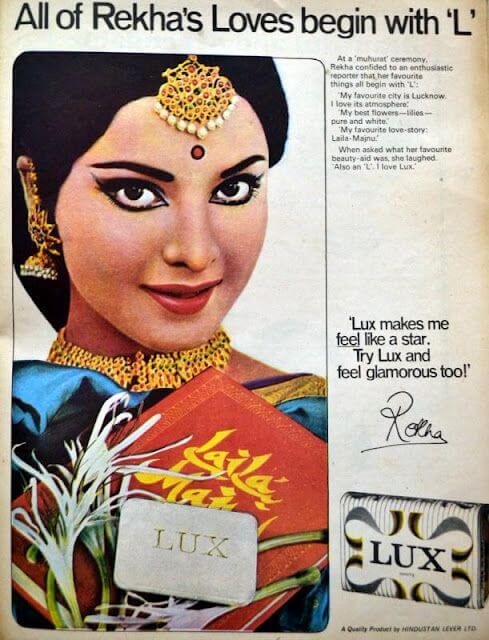

Colgate Dental Cream Advertisement
Colgate toothpaste was sold in glass jars since 1873. Tubes,
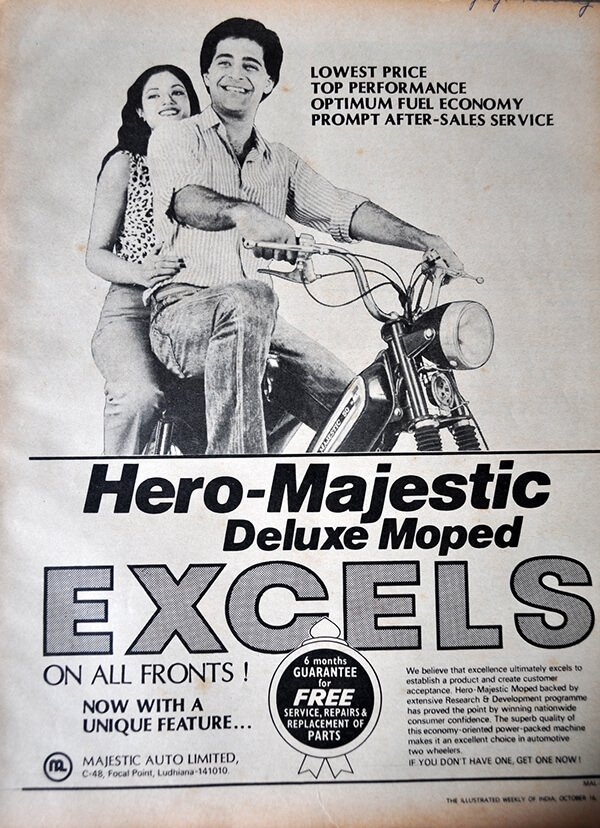
Hero-Majestic Moped 1978 Advertisement
Hero-Majestic Contents Models 1.1 Hero Majestic Panther 60cc kickstart. Hero
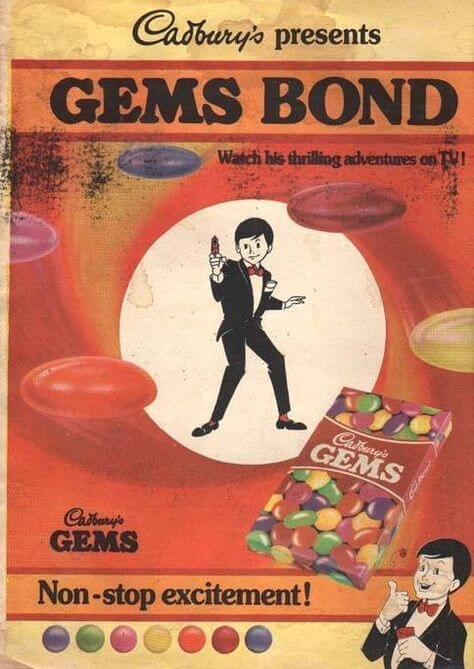
Cadbury Gems Bond Advertisement
Cadbury, formerly Cadbury’s and Cadbury Schweppes, is a British multinational